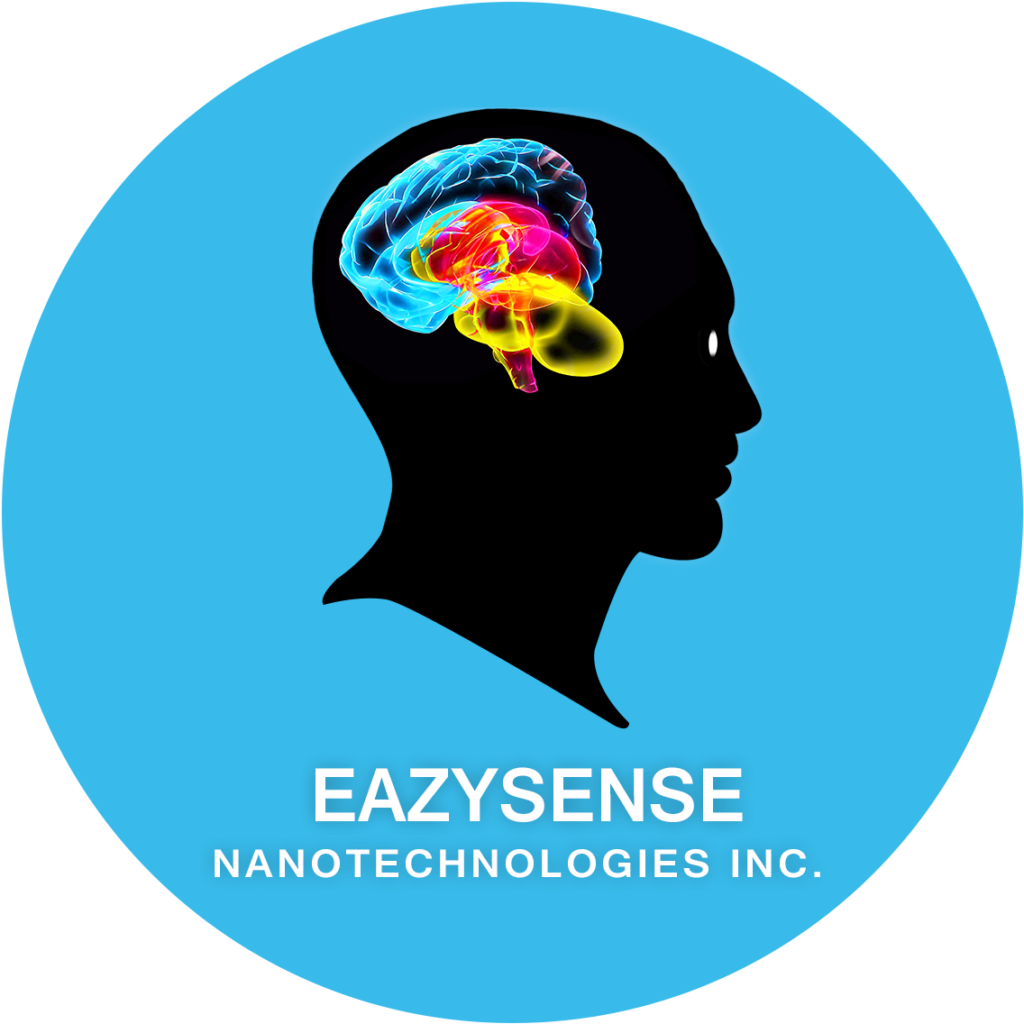Real-Time Imaging of Biomarkers in the Parkinson’s Brain
Using Mini-Implantable Biosensors. II. Pharmaceutical Therapy
with Bromocriptine
We used Neuromolecular Imaging (NMI) and trademarked BRODERICK PROBE® mini-implantable biosensors, to selectively and separately detect neurotransmitters in vivo, on line, within seconds in the dorsal striatal brain of the Parkinson’s Disease (PD) animal model. We directly compared our results derived from PD to the normal striatal brain of the non-Parkinson’s Disease (non-PD) animal. This advanced biotechnology enabled the imaging of dopamine (DA), serotonin (5-HT), homovanillic acid (HVA) a metabolite of DA, L-tryptophan (L-TP) a precursor to 5-HT and peptides, dynorphin A 1-17 (Dyn A) and somatostatin (somatostatin releasing inhibitory factor) (SRIF). Each neurotransmitter and neurochemical was imaged at a signature electroactive oxidation/half-wave potential in the dorsal striatum of the PD as compared with the non-PD animal. Both endogenous and bromocriptine-treated neurochemical profiles in PD and non-PD were imaged using the same experimental paradigm and detection sensitivities. Results showed that we have found significant neurotransmitter peptide biomarkers in the dorsal striatal brain of endogenous and bromocriptine-treated PD animals. The peptide
biomarkers were not imaged in the dorsal striatal brain of non-PD animals, either endogenously or bromocriptine-treated. These findings provide new pharmacotherapeutic strategies for PD patients. Thus, our findings are highly applicable to the clinical treatment of PD.
Keywords: biomarkers; biosensors; Parkinson’s disease; neuromolecular imaging; electrochemistry; neurotransmitters; monoamines; dopamine; serotonin; peptides; dynorphin A; somatostatin; basal ganglia; brain; neurons; dorsal striatum; movement disorders; substantia nigra; nigrostriatal pathways
1. Introduction
1.1. Background
Parkinson’s Disease (PD) is prevalent, not only in the American population, but it also affects people all over the world, e.g., in Europe [1]. In fact, PD is becoming increasingly documented in developing countries that are undergoing rapid demographic changes [2]. PD exhibits multifaceted and debilitating symptoms; conventionally, though, we speak of PD as a neurodegenerative disease wherein there is a progressive impairment of movement. Some of these movement disorders are described as: (a) tremors (hands shaking while at rest), (b) rigidity (stiff, abrupt muscle movement) and (c) bradykinesia (being unable to start a particular movement, like walking). PD is caused by the loss of dopamine (DA) neurons in the substantia nigra, the site for DA cell bodies in the basal ganglia, which are the motor neurons of the brain. One neuronal efferent terminal for the substantia nigra is the caudate putamen. In humans, the caudate putamen consists of two separate structures; in animals, the caudate and putamen are connected in one structure, dorsal striatum.
Research studies in animals continue to provide additional critical knowledge about PD and its ensuing pharmacologic therapies. However, surprisingly, despite all the excellent research that has been performed to-date to help ameliorate or reduce the symptoms of PD, previous experimental approaches have been unable to elucidate the precise mechanism of action of PD on DA neurons in nigrostriatal pathways. One of the limitations that previous approaches has encountered in human studies, is that brain material from early or untreated PD patients is not available and when available, there is some nigral cell death already present with the appearance of incidental Lewy bodies as well. Insofar as previous animal studies are concerned, there are little or no published studies to date that image the in vivo dynamic factors involved in the release of DA directly into the neuronal synapses of the brain in PD. In fact, there are little or no reports published to date, to image dynamic release of any other neurotransmitters or neurochemicals into the neuronal synapses in PD animals.
Importantly then, real-time imaging of DA in dorsal striatum is needed and indeed, neurotransmitters, other than DA, need to be imaged because other neurochemicals may play a significant role in the therapeutics of PD. The hypothesis is that DA is not the sole arbiter for the treatment of PD. The hypothesis then is two-fold: (A) that the cause and treatment of PD may involve neurotransmitters and neuromolecules other than DA and (B) that the neurochemical, biologic response to current drug therapies for PD, such as bromocriptine (Parlodel®) may differ in PD compared with non-PD. Therefore, in this paper, we used neuro molecular imaging (NMI) with the BRODERICK PROBE® laurate biosensors to image endogenous neurochemicals in the dorsal striatum of PD versus non-PD animals (Part A). We then administered the pharmaceutical, bromocriptine, intraperitoneally (IP) to PD and non-PD animals to compare neurochemical, biologic responses in dorsal striata of PD versus non-PD animals (Part B).
If you want to read more. Then you can click here.
